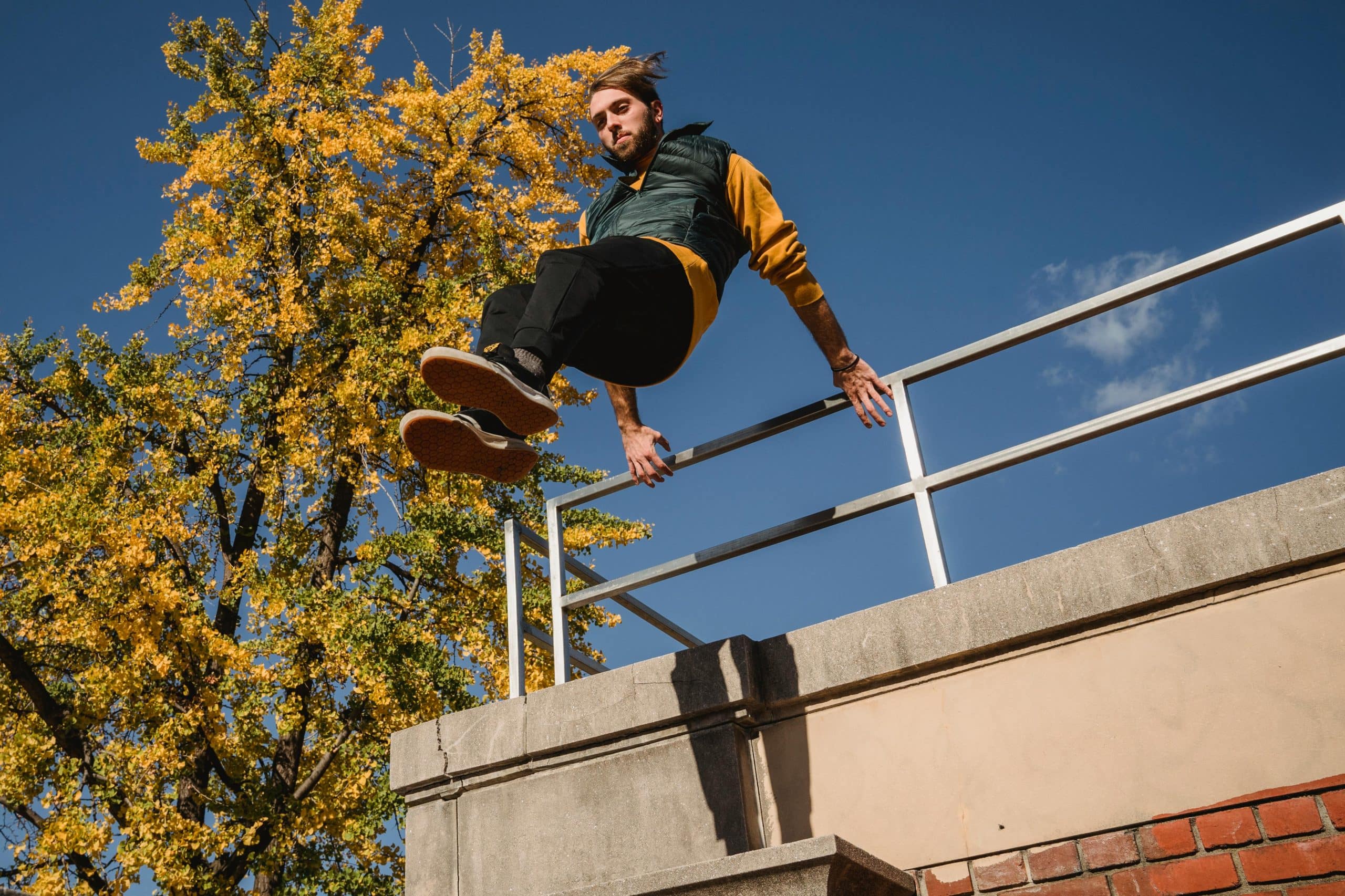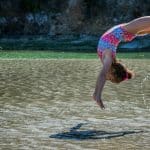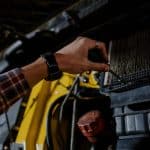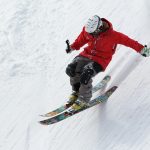As spectators of sports, we often view athletes as physical powerhouse. Their strength, speed, and agility are put on display for all to see. However, less visible, yet equally crucial to their success, is the cognitive side of sports. Mental imagery, a crucial component of sports psychology, is frequently employed by athletes to improve their performance.
Mental imagery, often referred to as visualization, is the practice of creating or recreating an experience in the mind. For athletes, this could involve picturing a successful high jump, a well-executed turn in a gymnastics routine, or a perfect serve in tennis. Studies have shown that mental imagery can enhance athletic performance, reduce anxiety, and boost confidence. This article will delve into the various mental imagery techniques that high jump athletes can implement to boost their confidence and performance.
En parallèle : How do variations in paddle length affect kayak speed and control in sprint races?
Understanding the Link Between Mental Imagery and Athletic Performance
In the realm of sports, training is not solely a physical endeavor. The mind plays a pivotal role in an individual’s performance, and harnessing the power of mental imagery can significantly enhance it. The understanding of this psychological phenomenon has been deeply explored in numerous studies published in platforms like PubMed, Google Scholar, and Crossref.
In the perspective of sport psychology, mental imagery is a cognitive process that replicates an athletic experience without physical activity. Athletes use it to form detailed mental images that capture the key elements of a high jump performance such as environment, tasks, timing, learning, emotion, and perspective. This technique is beneficial for athletes as it increases motor performance, helps with strategizing and problem solving, and aids in managing anxiety.
Lire également : How can cross-country skiers manage their pacing to optimize performance in varying terrain?
One study that appeared on PubMed highlighted how mental imagery enhances an athlete’s performance by stimulating the same motor areas in the brain that are active during a physical performance. This means that mental practice can activate the muscles and create neural pathways in the brain, similar to physical training.
Applying the PETTLEP Model of Imagery
The PETTLEP model of imagery, often cited in sport psychology literature, is a framework designed to make the mental imagery practice more effective. PETTLEP is an acronym that stands for Physical, Environment, Task, Timing, Learning, Emotion, and Perspective.
In the context of high jump athletes, the Physical component involves the athletes imagining the physical sensations of the jump, such as the rush of air, the exertion of muscles, and the feel of the ground beneath their feet. The Environment component requires athletes to mentally recreate the environment in which they will perform, like the crowd’s noise, the track’s texture, and the surrounding visuals.
The Task involves focusing on the specifics of the high jump, like the run-up, the takeoff, and the landing. The Timing has athletes match the imagery time with the real time it takes to perform the jump. The Learning aspect focuses on the imagery evolving as athletes’ skills improve.
The Emotion element requires athletes to incorporate feelings and emotions into their imagery, such as the excitement of the jump or the satisfaction of a successful landing. Finally, the Perspective encourages athletes to visualize from a first-person perspective to make the imagery more realistic.
Mental Imagery Group Training
Another effective way to implement mental imagery is through group training. Athletes are not isolated entities, and their performance can be influenced by their interactions with coaches and other athletes. According to Google Scholar, group mental imagery training can enhance team cohesion, foster a supportive environment, and boost overall team performance.
In a group setting, high jump athletes can share their individual imagery experiences, learn from each other, and receive feedback on their mental techniques. This collaborative approach can be beneficial in creating a shared vision of success, helping athletes to align their mental efforts towards a common goal.
Reducing Anxiety Through Mental Imagery
The high-pressure environment of sports can lead to increased levels of anxiety, which can negatively impact an athlete’s performance. Mental imagery can be a useful tool in managing this anxiety.
According to a study published on Crossref, athletes who employ mental imagery techniques report lower levels of anxiety and increased confidence. By picturing themselves successfully performing a high jump, athletes can counteract anxiety-inducing thoughts, reduce uncertainty, and improve their self-belief. This process, often referred to as cognitive restructuring, allows athletes to replace negative thoughts with positive, success-oriented images.
Enhancing Motor Skills Through Mental Imagery
Mental imagery is not only a tool for managing anxiety and boosting confidence, but it can also enhance an athlete’s motor skills. The cognitive representation of motor actions plays a critical role in the planning and execution of athletic performances.
According to a study found on PubMed, mental imagery activates the same brain regions involved in the physical execution of a sport, thereby enhancing the neural pathways necessary for the accurate execution of movements. This implies that when high jump athletes visualize themselves performing a jump, the same motor areas in the brain are activated as if the jump was physically performed. This overlap between cognition and action provides a neuroscientific basis for the beneficial impact of mental imagery on motor performance.
By making mental imagery a regular part of their training regimen, high jump athletes can leverage these cognitive techniques to boost their confidence and performance. Whether it’s through the PETTLEP model, group training, anxiety management, or motor skill enhancement, mental imagery provides a comprehensive toolkit for athletes seeking to take their performance to new heights.
Integrating Mental Imagery Techniques with Traditional Training
Mental imagery, according to sports psychology, should not be an isolated practice but rather should be integrated with traditional physical training. This integrated approach can maximize the benefits of both physical and mental training, leading to an improved sport performance.
A study found on PubMed Crossref incorporates mental imagery into the warm-up routines of high jump athletes. The warm-up period is an ideal time for athletes to mentally prepare for their performance. Athletes can visualize themselves successfully executing the high jump, from the run-up to the jump and the landing. This practice not only primes the athletes mentally but also prepares their muscles for the physical demands of the jump.
Moreover, it’s beneficial for athletes to practice mental imagery post-training when their bodies are in recovery mode. This can reinforce the neural pathways created during physical training. A study published on Google Scholar suggests that mental imagery during post-exercise recovery can enhance the consolidation of motor skills, thereby improving future performances.
The integration of mental imagery within the training regime also emphasizes the concept of functional equivalence. This concept, widely discussed in sport psychology literature, suggests that the same mental processes are activated during both physical execution and mental rehearsal of a sport. Hence, integrating mental imagery with physical training leverages this functional equivalence to optimize athletic performance.
The Role of Coaches in Mental Imagery Training
Coaches play a significant role in an athlete’s mental training, including the practice of mental imagery. They can guide athletes on how to efficiently use mental imagery techniques, provide feedback, and help create effective imagery scripts.
In a study found on Crossref Google, coaches who incorporated mental imagery into their training programs reported an improvement in their athletes’ confidence levels and performance. They guided athletes through the PETTLEP model, emphasizing each aspect, from the physical sensations to the emotional context of the sport performance.
Coaches can also play a pivotal role in reducing athletes’ competitive anxiety. They can help athletes reframe anxiety-inducing thoughts into positive ones, a technique commonly referred to as cognitive restructuring. Coaches can use mental imagery to help athletes visualize success rather than failure, hence promoting self-belief and boosting confidence.
Furthermore, the use of group imagery training under the guidance of a coach can foster team cohesion and a supportive environment. This shared vision of success can align the athletes’ mental efforts towards a common goal, thereby enhancing the overall team performance.
In conclusion, mental imagery is a powerful psychological tool that high jump athletes can use to enhance their confidence and performance. The integration of mental imagery with traditional training, guided by the PETTLEP model, offers a comprehensive approach to athletic training. Moreover, the role of coaches in facilitating mental imagery training is crucial in maximizing this technique’s benefits. However, the effectiveness of mental imagery depends on consistent practice and individual imagery ability. Therefore, athletes must make mental imagery a regular part of their training regime to truly reap its benefits.











